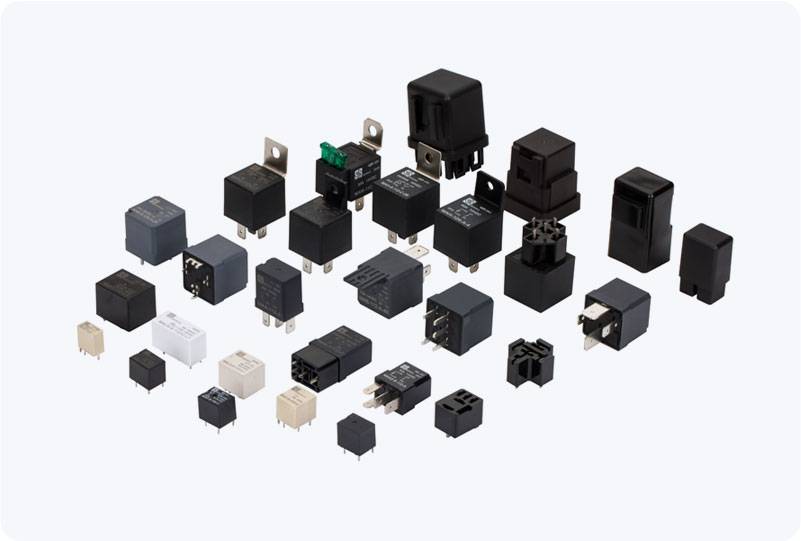understanding ieee standards for industrial relays
Release time:2025-08-28 11:50:52
Industrial relays play a crucial role in the functioning of electrical systems across various industries. These electromechanical devices serve as switches that control the flow of electricity, ensuring the safe and efficient operation of machinery and equipment. To maintain consistency, safety, and reliability in the design and application of these relays, the IEEE (Institute of Electrical and Electronics Engineers) has developed a series of standards specifically for industrial relays. This article explores the significance, key aspects, and benefits of adhering to IEEE standards for industrial relays.

The Importance of IEEE Standards
The primary aim of IEEE standards is to provide guidelines that ensure electrical products operate reliably and safely. This is particularly important in industrial settings where equipment failure can lead to significant safety hazards, financial losses, or environmental impacts. IEEE standards help manufacturers, engineers, and practitioners develop products that meet rigorous quality and performance criteria.
Key Aspects of IEEE Standards for Industrial Relays
Performance Criteria: IEEE standards define various performance parameters for relays, including operational speed, current and voltage ratings, and endurance. By stipulating these requirements, the standards provide a benchmark that manufacturers must meet, ensuring that products are robust and reliable under operational conditions.

